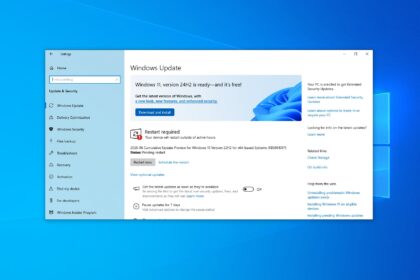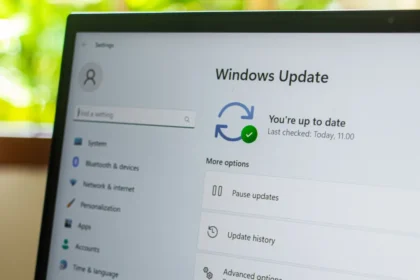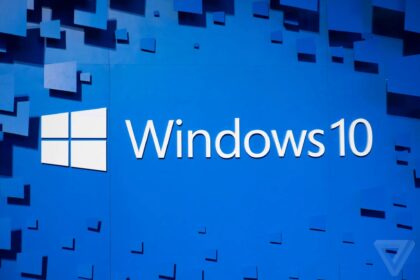Windows 10 has been one of Microsoft’s most successful operating systems, powering millions of PCs worldwide since its launch in 2015. However, its journey is coming to an end. Microsoft is officially retiring Windows 10 in 2025, shifting focus to Windows 11 and future releases.
For many users, this raises important questions: Will my PC still work? What happens to apps like Microsoft 365 or Edge? Will security updates continue? To clear the confusion, here are 14 important facts about Windows 10’s End of Life (EOL) that explain exactly what will happen during and after the transition.
1. Windows 10 Support Ends on October 14, 2025
Microsoft will stop providing free security updates, bug fixes, and new features on this date—exactly ten years after Windows 10’s release.
2. PCs Won’t Stop Working After the Deadline
Your computer won’t suddenly stop functioning on October 15, 2025. Windows 10, apps, and drivers will still work, but without ongoing updates.
3. Systems Won’t Become Insecure Overnight
The last Patch Tuesday update will be released on October 14. While your PC won’t instantly become unsafe, new vulnerabilities will emerge over time, making it riskier to use Windows 10 in the long term.
4. Antivirus Alone Won’t Be Enough
Even with antivirus software, running an unsupported OS leaves gaps in protection. Security updates remain essential for staying safe.
5. Extended Security Updates (ESU) Require a Microsoft Account
Microsoft offers an Extended Security Updates program for an extra year of critical updates. While this is usually paid, a free option exists—but it requires linking your device to a Microsoft account.
6. Different Rules Apply for European Users
In the European Economic Area (EEA), ESU still requires a Microsoft account but doesn’t force users to sync settings or use cloud backup. Local accounts can also be used with a one-time $30 purchase.
7. ESU Is Limited to Specific Editions
Only Windows 10 Home, Pro, Pro Education, and Pro for Workstations qualify. Devices using kiosk mode, Active Directory domains, or MDM solutions aren’t eligible.
8. No Deadline for Enrollment, But Limited Lifespan
You can join the ESU program anytime after October 14, 2025, but support ends for all consumers on October 13, 2026, regardless of when you sign up.
9. One Microsoft Account Covers Up to 10 PCs
A single Microsoft account can enroll up to ten devices in ESU. If you choose the one-time purchase option, the fee also covers multiple PCs.
10. Microsoft Defender Antivirus Support Until 2028
Windows 10’s built-in antivirus will continue receiving definition updates until 2028, mainly to support enterprise customers using ESU.
11. Microsoft Edge Will Also Be Supported Until 2028
The Edge browser will keep getting updates through at least 2028, ensuring safe web browsing for Windows 10 users still enrolled in ESU.
12. Microsoft 365 Apps Will Function Until 2028
Apps like Word, Excel, and PowerPoint will keep working and receiving security updates until 2028. However, new features will only come to Windows 11 and beyond.
13. Windows 10 LTSC Isn’t a Consumer Option
Long-Term Servicing Channel (LTSC) editions of Windows 10 are designed for enterprises, industrial systems, and specialized hardware—not regular users. These versions have longer support but require specific licensing.
14. Unsupported PCs Can Still Install Windows 11
Older devices that don’t meet Windows 11’s requirements can still be upgraded manually. However, they’ll remain unsupported—meaning no official technical support and uncertain update compatibility.
Windows 10’s End of Life on October 14, 2025, doesn’t mean the OS will suddenly shut down, but it does signal the start of a risky period for those who continue using it. Microsoft’s Extended Security Updates program provides a temporary safety net, while apps like Microsoft 365, Edge, and Defender Antivirus will maintain support until 2028.
For the best long-term experience, however, users are encouraged to prepare for a transition to Windows 11 or future versions. This ensures access to the latest security, features, and performance improvements—keeping PCs both secure and future-ready.











